The Animated Godzilla: Planet of the Monsters Mostly Does Its Job
Go-ji-ra — a strange word with mythic resonance when it rolls off the tongue of native Japanese speakers. But it’s a tough sell as the English title of a 1950s monster movie. For the sake of global audiences, the Foreign Sales Department of Toho Studios gave their 1954 movie and its monster a Romanized name: Godzilla. It makes sense as a transliteration: the katakana character shi (シ) in Gojira (ゴジラ) can be Romanized as -dzi-, and the “R” sound in -ra (ラ) slides into an “L.” By happy accident — or sly intention — Toho baptized their behemoth with the word God at its front, hinting at a creature greater than life, dominant in a way no mere monster could be.
The highest compliment I can give to the new animated film, Godzilla: Planet of the Monsters (currently streaming on Netflix), is that it explores and explodes the “God” in Godzilla. Other movies in the series have emphasized the monster’s inscrutability and deity-like unstoppability. The first mention of Godzilla in the 1954 original comes from an old fisherman who speaks of a legendary beast that has kept his island in fear for centuries. Planet of the Monsters pushes this god(zilla)hood into the spotlight. Godzilla has literally conquered Earth, driving the scraps of humanity into exile in space, then transforming and ruling the planet’s ecosystem unchallenged for twenty thousand years. This is Godzilla Earth, where the monster is both creator and destroyer.
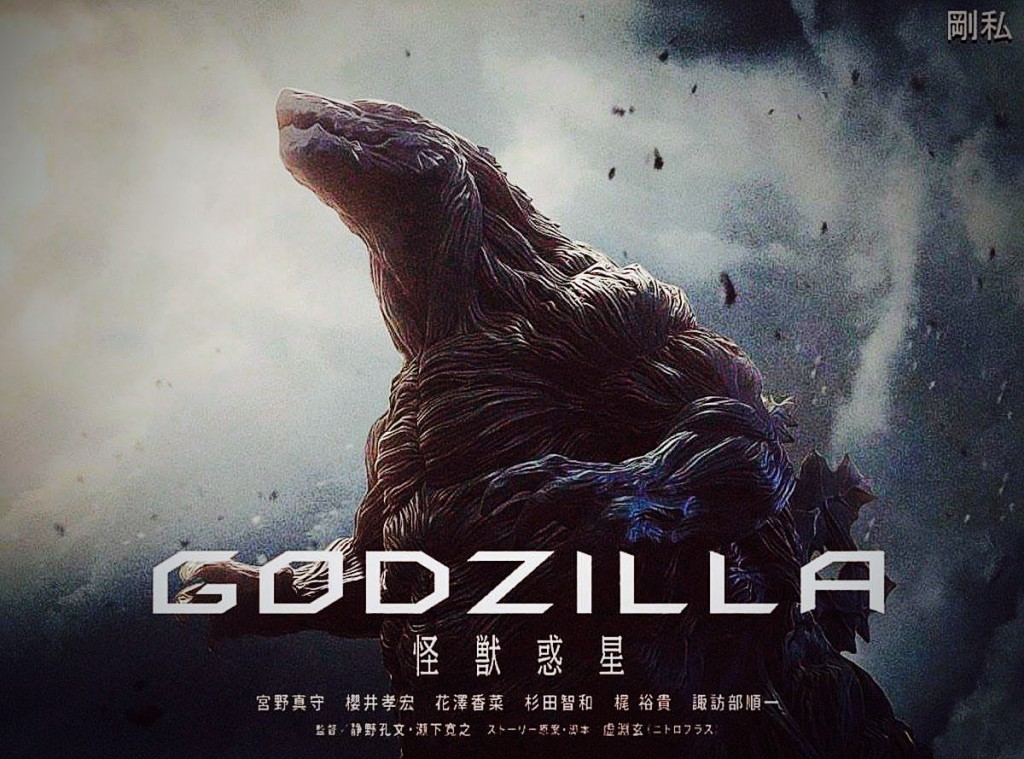
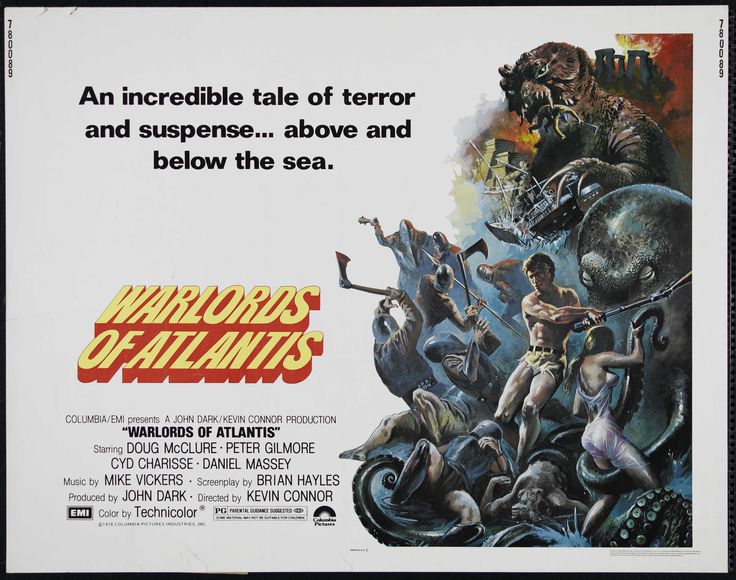
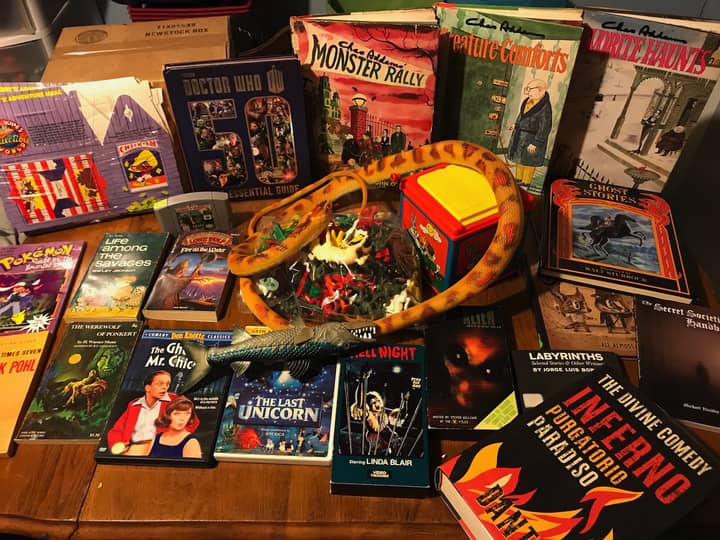

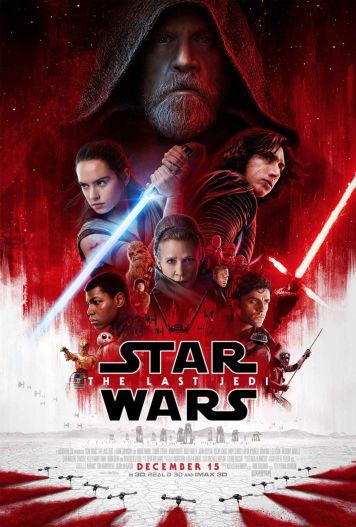
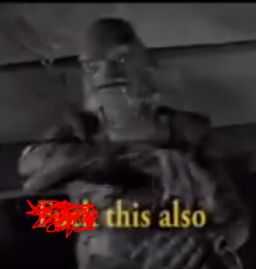
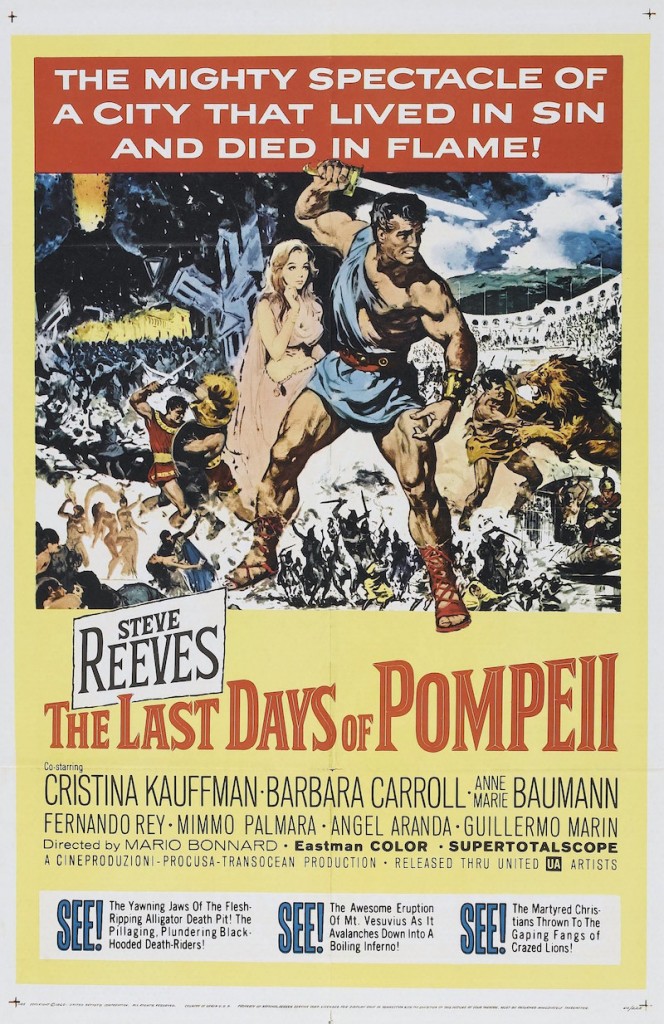
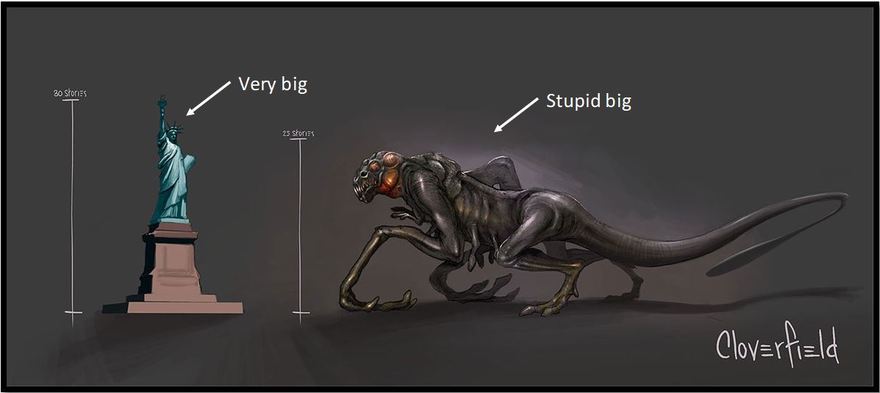
 With another year’s worth of Fantasia reviews now finished, I thought I’d take the time once again to look back at what I saw and write a general overview of the films as a whole. Doing so this year, though, leads to thoughts about film on a slightly larger scale than just Fantasia alone.
With another year’s worth of Fantasia reviews now finished, I thought I’d take the time once again to look back at what I saw and write a general overview of the films as a whole. Doing so this year, though, leads to thoughts about film on a slightly larger scale than just Fantasia alone. After the Fantasia festival had officially concluded I still had three movies to watch. During the festival I’d requested links to view screening copies of three films I couldn’t see in theatres due to schedule conflicts, but it wasn’t until Fantasia ended that I had time to sit down and watch them. These movies were a Japanese comedy-drama called Japanese Girls Never Die (also released under the English title Haruko Azumi Is Missing, in romanised Japanese Azumi Haruko wa yukue fumei); a Thai historical martial-arts movie called Broken Sword Hero (also Legend of the Broken Sword Hero, from the romanised original Thong Dee Fun Khao); and a Chinese blockbuster historical war movie called God of War (Dang kou feng yun, now on Netflix). They made for an interesting mix.
After the Fantasia festival had officially concluded I still had three movies to watch. During the festival I’d requested links to view screening copies of three films I couldn’t see in theatres due to schedule conflicts, but it wasn’t until Fantasia ended that I had time to sit down and watch them. These movies were a Japanese comedy-drama called Japanese Girls Never Die (also released under the English title Haruko Azumi Is Missing, in romanised Japanese Azumi Haruko wa yukue fumei); a Thai historical martial-arts movie called Broken Sword Hero (also Legend of the Broken Sword Hero, from the romanised original Thong Dee Fun Khao); and a Chinese blockbuster historical war movie called God of War (Dang kou feng yun, now on Netflix). They made for an interesting mix.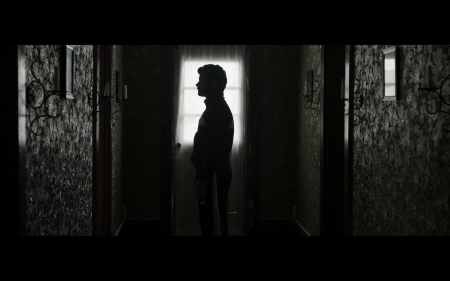 On the last day of the 2017 Fantasia film festival I planned to watch three movies. First, at the De Sève Theatre, Indiana: a movie about a pair of ghost-breakers in the Midwest who may or may not deal with actual paranormal events. Second, I’d go to the festival’s screening room, where I’d see a dark psychological thriller called Fashionista. Finally, I’d close out the festival with a screening of a restored version of Dario Argento’s classic 1977 horror film Suspiria.
On the last day of the 2017 Fantasia film festival I planned to watch three movies. First, at the De Sève Theatre, Indiana: a movie about a pair of ghost-breakers in the Midwest who may or may not deal with actual paranormal events. Second, I’d go to the festival’s screening room, where I’d see a dark psychological thriller called Fashionista. Finally, I’d close out the festival with a screening of a restored version of Dario Argento’s classic 1977 horror film Suspiria.